Geomagnetic Storm Threats: Why These Two U.S. Cities Are Most at Risk
Recent studies have identified Washington, D.C. and Milwaukee as the most vulnerable U.S. cities to geomagnetic storms. These findings are based on the electrical conductivity of the ground, power grid construction, and auroral currents.
But why are these cities are at risk and what is the potential impact of space weather on their infrastructure?
The Power of Space Weather
Geomagnetic storms are caused by solar flares and coronal mass ejections from the sun. When these charged particles reach Earth, they can disrupt power grids, satellites, and even pipelines.
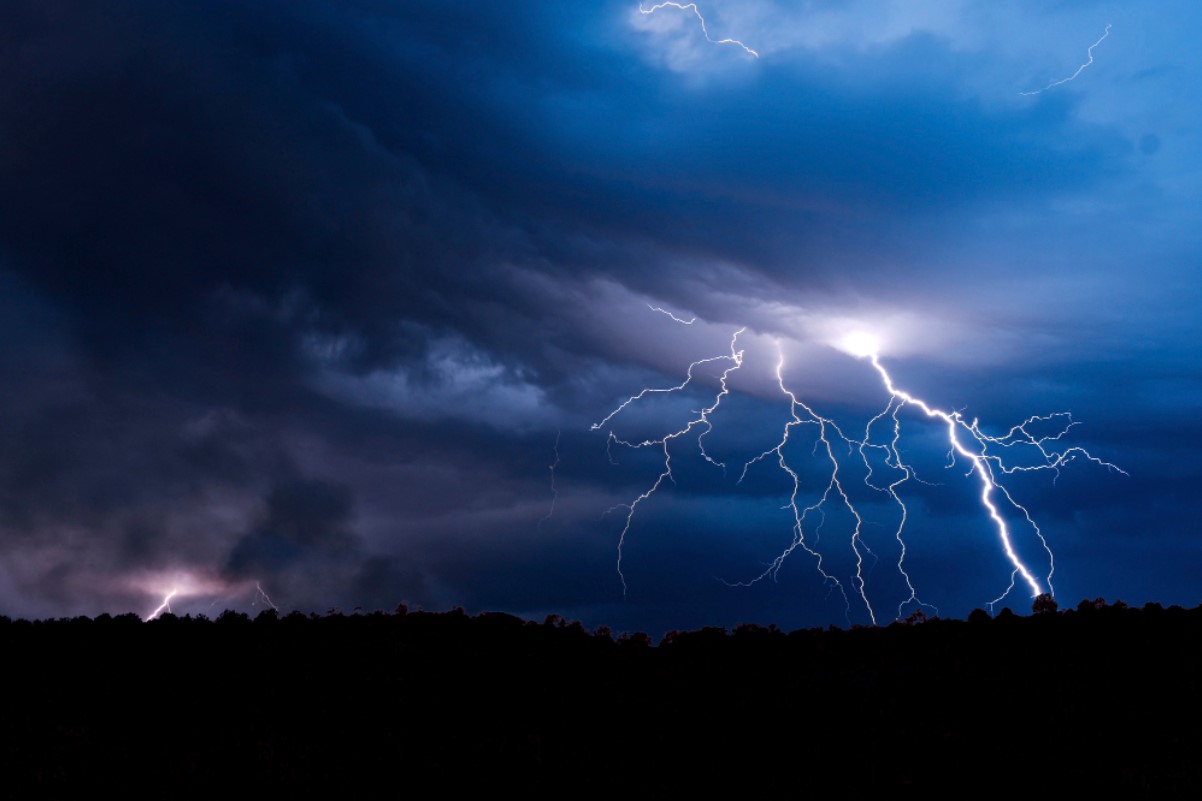
Source: Freepik
The strongest, most recent storm, a G5, hit on May 10, creating auroras worldwide and highlighting the dangers of such events.
Understanding Geomagnetic Storms
Geomagnetic storms occur when solar wind, consisting of charged particles from the sun, interacts with Earth’s magnetic field.

Source: Andrew Chin/Getty Images
These storms can induce currents that damage transformers, power lines, and other critical infrastructure. The threat is comparable to extreme weather events like floods or heat waves.
Vulnerability Factors
Washington, D.C. and Milwaukee’s susceptibility to geomagnetic storms is linked to their power grid’s unique characteristics.
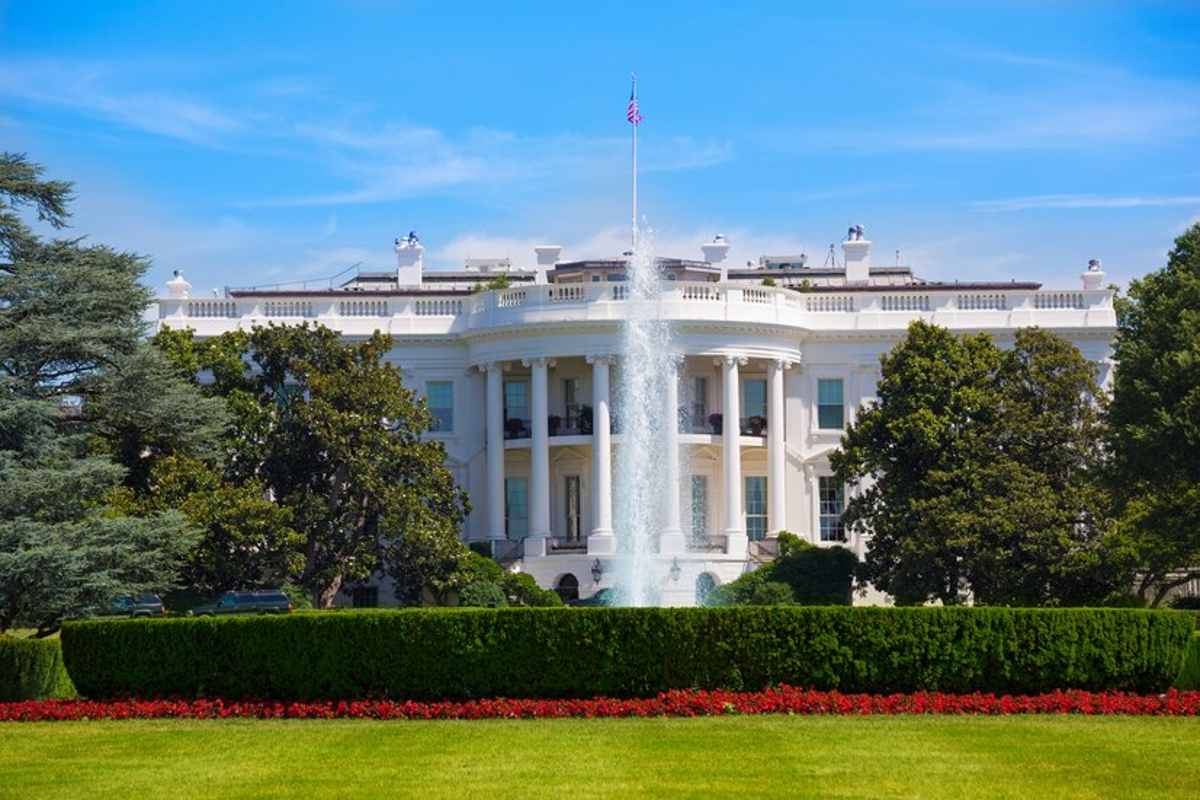
Source: Freepik
The British Geological Survey’s research focused on these factors to identify “supernodes” at risk. Enhancing monitoring and grid modifications could mitigate potential damage during such storms.
Washington, D.C.'s High Risk
As the nation’s capital, Washington, D.C. has a highly interconnected power grid.
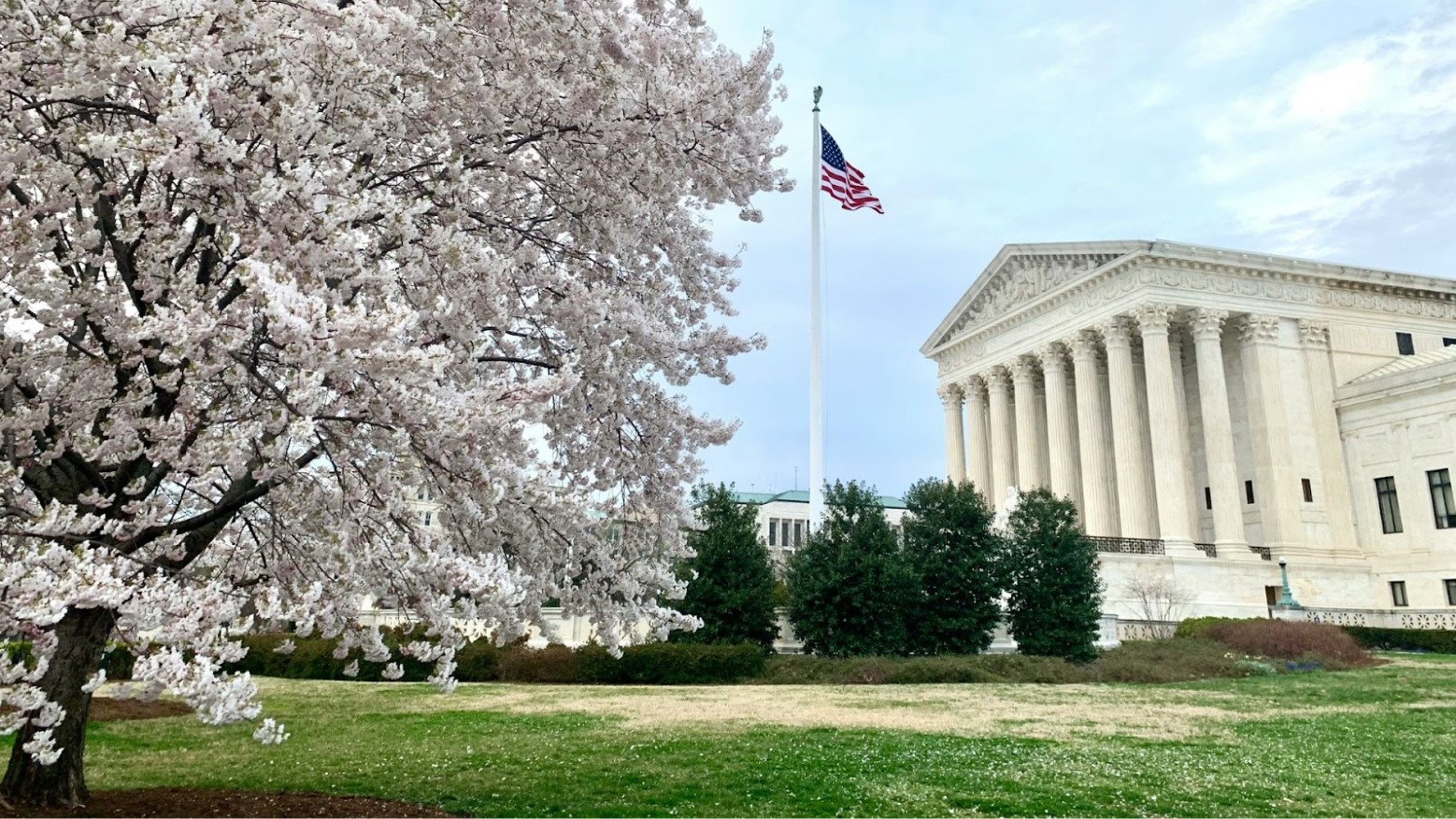
Source: Bill Mason/Unsplash
This connectivity makes it particularly vulnerable to geomagnetic storms, as disruptions in one part of the grid can have widespread effects. Understandably, rotecting this critical infrastructure is essential for national security.
Milwaukee's Susceptibility
Milwaukee’s power grid also presents significant risks. The city’s infrastructure, combined with its location relative to auroral currents, increases its vulnerability to geomagnetic storms.

Source: Tom Barrett/Unsplash
Efforts to reinforce the grid and improve monitoring are crucial to prevent widespread damage.
Lessons from the Carrington Event
The Carrington Event of 1859 was the most powerful geomagnetic storm on record, causing widespread telegraph disruptions.

Source: Wikimedia
If a similar event occurred today, it could result in over $41.5 billion in daily economic losses in the U.S. This historical context underscores the need for preparedness.
Modern-Day Implications
Recent storms, like the one on May 10, show that geomagnetic storms are not just historical anomalies.
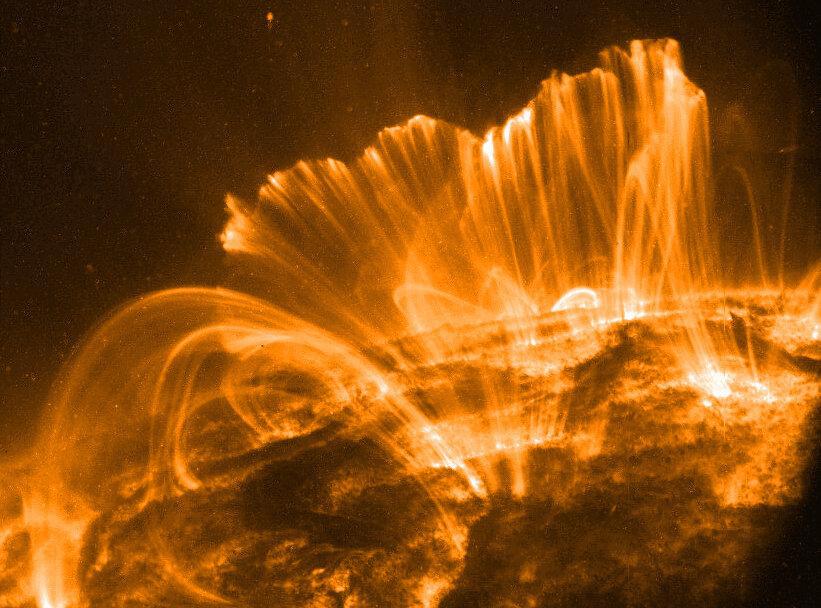
Source: Wikimedia
The May 10 storm was the most intense in the U.K. in 155 years, illustrating the ongoing threat. Understanding and mitigating these risks is essential for protecting infrastructure.
Protecting the Power Grid
To safeguard against geomagnetic storms, researchers recommend grid modifications in vulnerable areas.
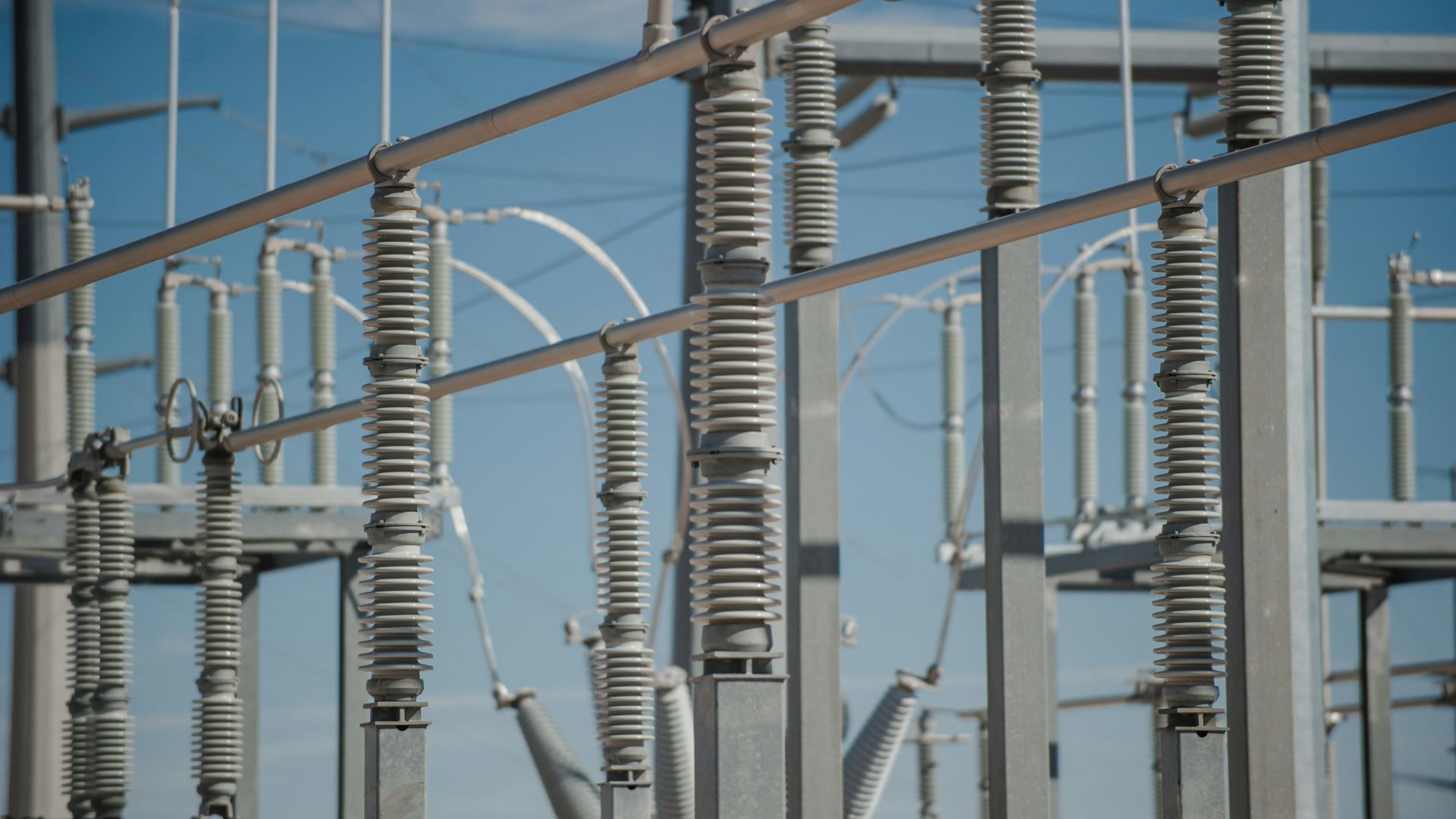
Source: American Public Power Association/Unsplash
By reinforcing transformers and improving monitoring, cities like Washington, D.C. and Milwaukee can better withstand the effects of space weather, reducing the risk of widespread outages.
The Role of Technology
Advancements in technology are helping scientists predict and monitor geomagnetic storms more accurately.

Source: Dwxn/Wikimedia Commons
Tools like network science allow researchers to identify at-risk regions and implement protective measures. These technological advancements are important for mitigating the impact of space weather.
Future Preparedness
As we continue to study geomagnetic storms, enhancing our predictive capabilities is key.
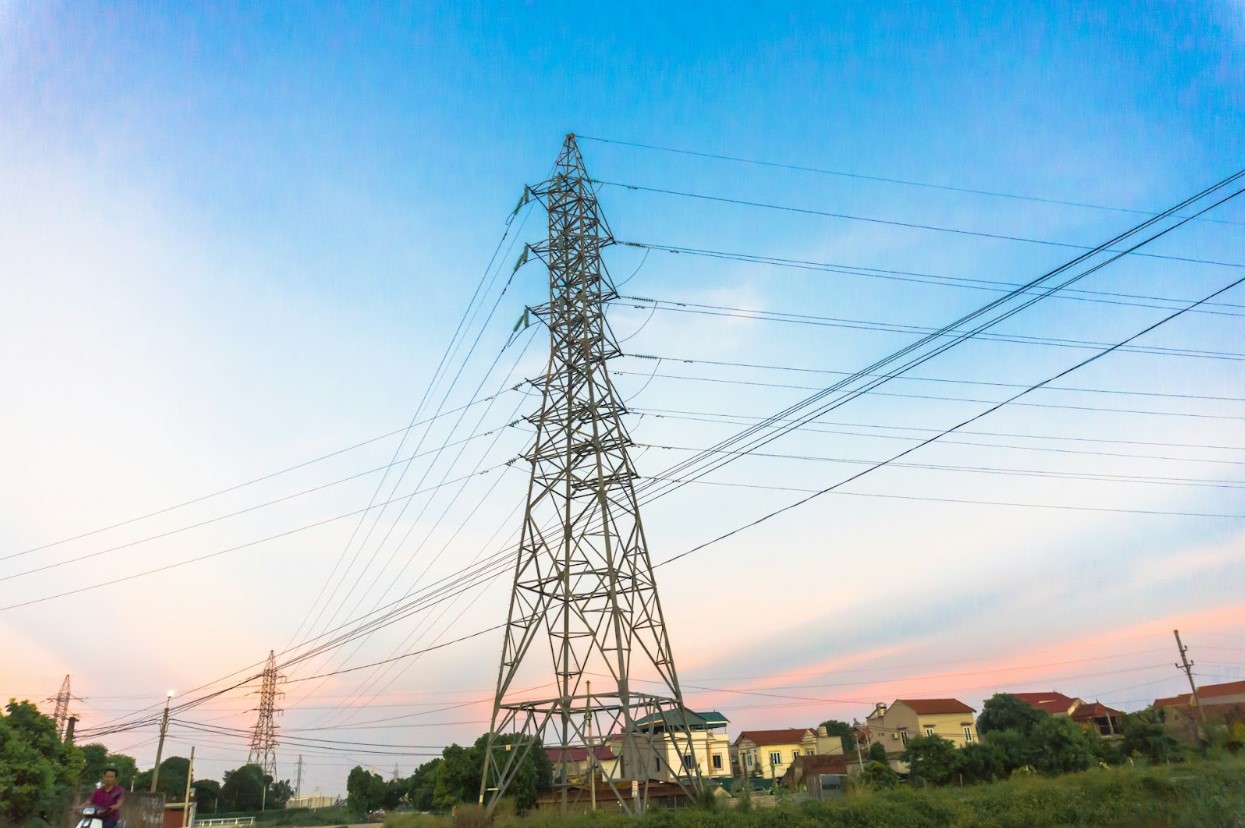
Source: Leohoho/Unsplash
Ongoing research and collaboration between scientists, engineers, and policymakers will ensure that vulnerable cities are better prepared for future storms, minimizing potential damage and disruption.
A Call to Action
The vulnerability of Washington, D.C. and Milwaukee to geomagnetic storms highlights the need for proactive measures.

Source: Tom Barrett/Unsplash
It may not be the most exciting initiative, but by investing in grid resilience and monitoring, we can protect critical infrastructure and ensure that these cities remain resilient in the face of space weather threats.
